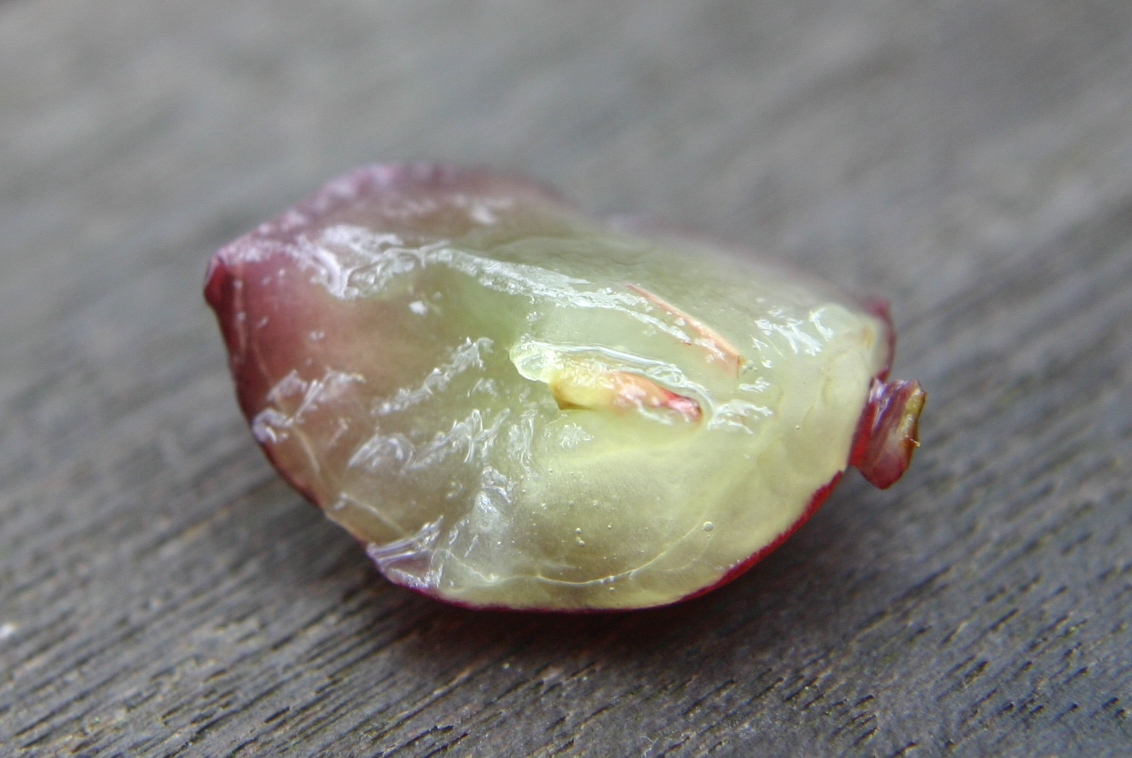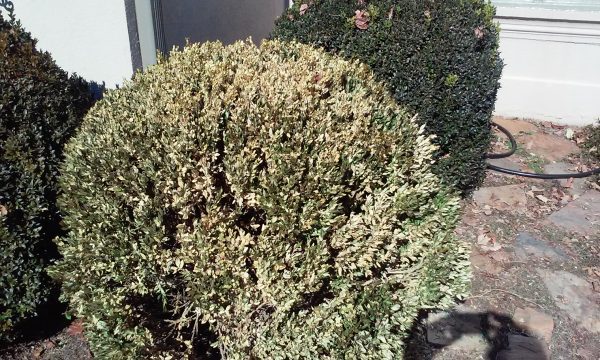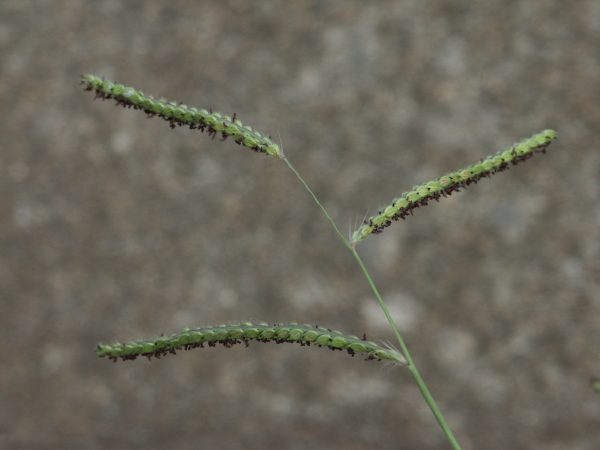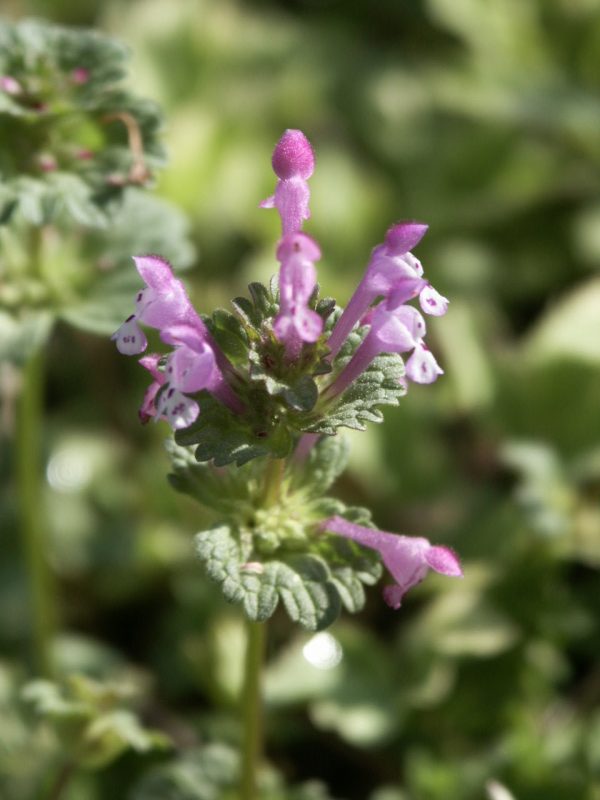Seedless Fruit
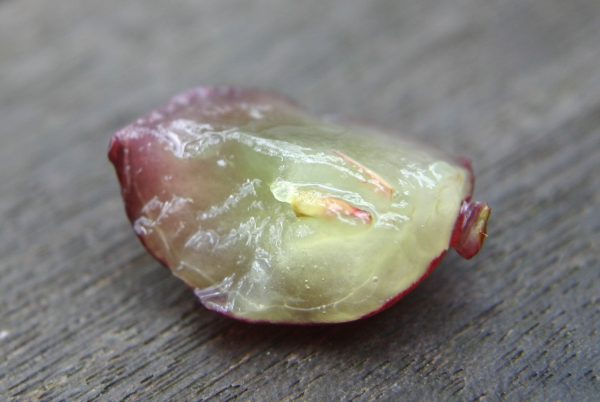
Q: Why do limes not have seeds? I assume they’re propagated the same way lemons are, but I’ve had a fresh lime every day for the last two years and have yet to see a seed.
A: It’s because the common lime ,Citrus aurantifolia, aka Persian lime, is parthenocarpic. The flowers do not require pollen to produce fruit. There are many common examples of parthenocarpic fruit: seedless watermelons, seedless grapes, banana, ‘Brown Turkey’ fig, etc. ‘Burfordi’ holly sets its bright red berries without pollination. One can even induce parthenocarpy in tomatoes by spraying the flowers with a hormone. You’ll get a juicy tomato…. but no seed.
Although lime and holly parthenocarpy occurs without human intervention, seedless watermelons and seedless grapes are a bit different. Seedless watermelons happen when diploid and triploid plants are planted near each other. Pollination, but not fertilization, is the result. Melon fields are planted annually.
Seedless grapes, in contrast, come from a grape vine which lives for many years. The original ‘Thompson Seedless’ grape was the result of careful breeding. Growers developed a grape that would abort its seeds before forming much seed tissue. Look closely and you can see the aborted embryos in a seedless grape. A grape vine, as well as your lime tree, is propagated by rooting cuttings, not by planting seed.


